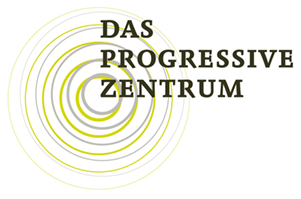
next social
Publication
Unequal Finland : Regional socio-economic disparities in Finland
April 19, 2021How could regional inequalities be tackled in a sustainable way? What opportunities do urban areas have to prevent social exclusion? Would it be time to even out the differences in well-being and access to welfare?
On the outset and in international comparison, Finland has developed one of the wealthiest and most generous welfare states in the world, with low levels of income inequality and high social mobility. A deeper look reveals deepening regional disparities, leading to the observation that in fact there are four Finlands.
The policy study, by Stefan Fina, Bastian Heider, Maija Mattila, Pauli Rautiainen, Mikko-Waltteri Sihvola and Kaisa Vatanen, identifies four clusters of regions in terms of socio-economic inequalities, based on a set of eleven indicators of well-being. The indicators examined are employment, dependency ratio, business turnover, risk of child poverty, the share of the population in education, median gross income, number of people working in the health care sector, mortgages, voting activity, broadband coverage and internal migration.
Read the Study in English / in Finnish
Visit the FES website to see the clusters' map
ℹ️ This report is part of a Policy Study series produced by FEPS and the Friedrich-Ebert-Stiftung. The indicators have been selected in collaboration with researchers from the Institut für Landes- und Stadtentwicklungsforschung. Check all the Unequal Europe publications here.
related publications
-
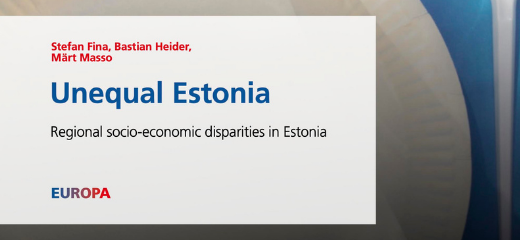
Unequal Estonia - Tackling Regional Disparities in Estonia
read more -
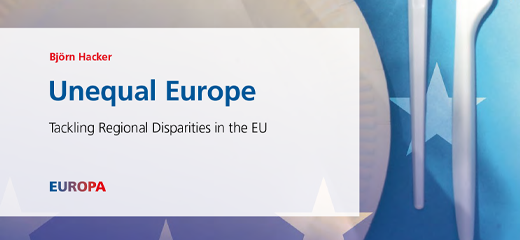
Unequal Europe - Tackling Regional Disparities
read more -
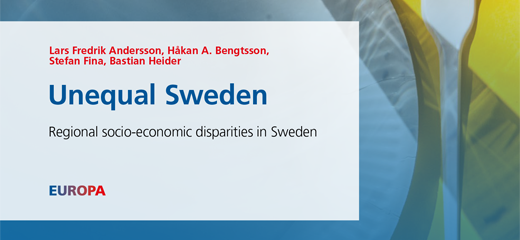
Unequal Sweden: Regional socio-economic disparities in Sweden
read more -
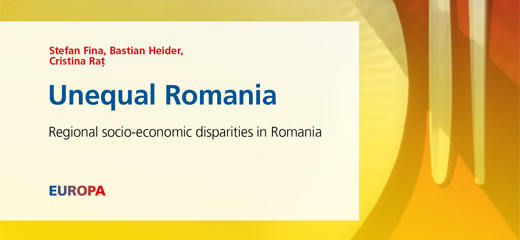
Unequal Romania: Regional socio-economic disparities in Romania
read more -

Attitudes towards a European Health Union – The Case of Hungary
read more -

Inequality and the Care Economy
read more































